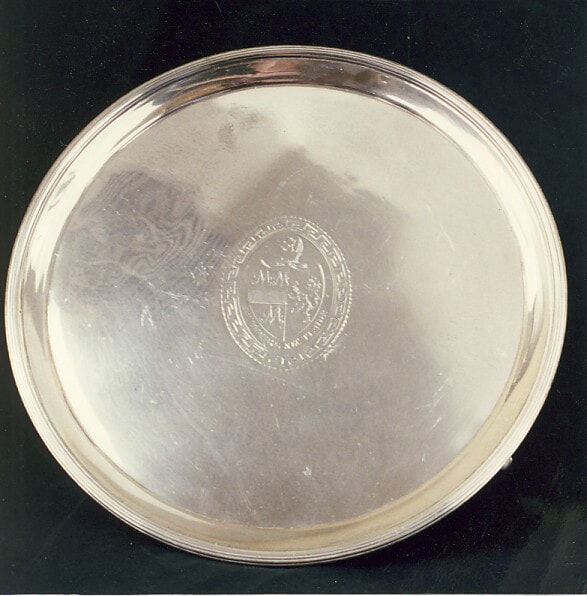HESTER BATEMAN

HESTER BATEMAN
By Anna Paule
For admirers and collectors of silverware, especially of the Georgian variety, the name Bateman guarantees particular interest.
Hester Bateman ([1709]-1794) began running a small silver workshop in 1760 following the death of her husband, and over the next 30 years she successfully managed a progressive and prolific business.
She was one of the first London producers to take full advantage of the new mechanised production techniques, including the purchase of a steam engine and associated equipment that allowed her to supply materials to other workshops. Foreseeing the possibilities of mechanisation, Bateman’s workshop, as well as supplying other manufacturers with prepared silver sheet, was also able to produce items similar to her competitors for much lower prices. The large amount of extant silver with the Hester Bateman mark available today is evidence of her prolific output.
In addition to the daily running of her business, Bateman also managed to arrange insurance and finance, comply with the legal requirements of plying her trade and adopt technologies which ensured her business was one of the first to aim for large-scale production. A combination of competence, determination and business acumen sees Hester Bateman’s name continues to be recognised in the field of decorative arts today.
Hester Bateman, London, England ([1709]-1794)
Sterling silver, h 40 x dia 235 mm
The Johnston Collection (A0816-1989)
This article was first published in fairhall, Issue 8, March 2013, pp 15.
Journals
About US
Explore
Contact
VISIT
See our VISIT page for hours and directions
BY PHONE
+61 3 9416 2515
BY POST
PO Box 79, East Melbourne VIC 8002
ONLINE
General enquiries
Membership enquiries
Shop
Donation enquiries
Subscribe to E-Newsletter



